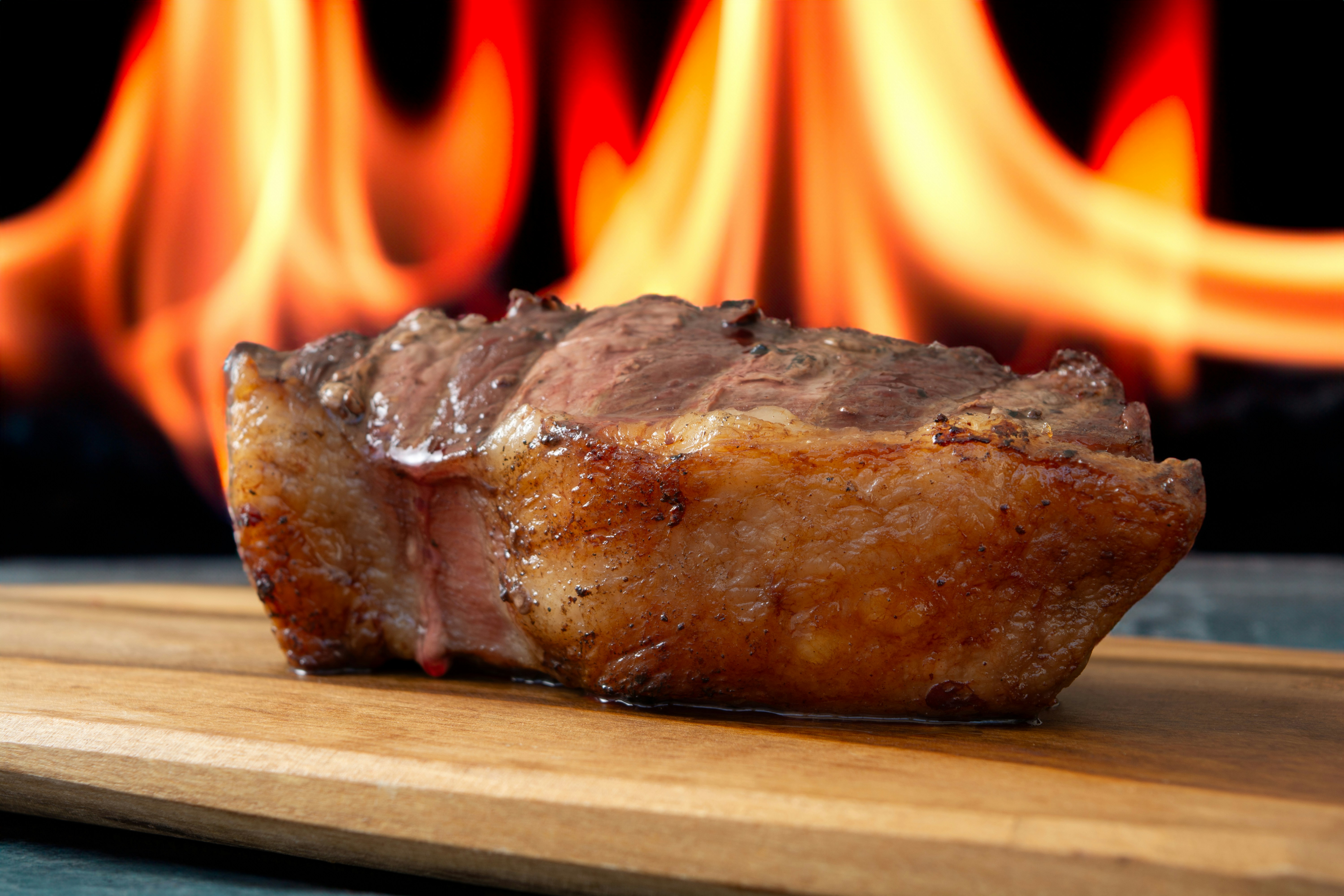Umami Unleashed: Exploring the Fifth Taste in Modern Cuisine
Dive into the world of umami, the elusive fifth taste that's revolutionizing modern gastronomy. From its scientific discovery to its growing influence in global cuisines, umami is transforming the way we experience and create food. Join us on a savory journey as we uncover the secrets of this flavor-enhancing sensation and learn how to harness its power in your own kitchen.

The Science Behind Umami
Umami, often described as a savory or meaty taste, was first identified by Japanese chemist Kikunae Ikeda in 1908. Unlike the four well-known tastes - sweet, sour, salty, and bitter - umami remained a mystery to Western scientists for decades. The taste is primarily associated with glutamates, a type of amino acid found naturally in many foods. When we consume umami-rich ingredients, our taste buds detect these glutamates through specific receptors, triggering a pleasant, savory sensation.
Research has shown that umami not only enhances the overall flavor of dishes but also contributes to feelings of satiety and satisfaction after meals. This discovery has led to a surge of interest in umami-rich ingredients and cooking techniques that maximize this fifth taste. From aged cheeses to sun-ripened tomatoes, umami is present in a wide variety of foods, making it a versatile tool for chefs and home cooks alike.
Umami-Rich Ingredients to Stock in Your Pantry
To truly embrace the power of umami in your cooking, it’s essential to stock your pantry with ingredients that naturally contain high levels of glutamates. Some key umami boosters include dried shiitake mushrooms, which can be rehydrated and used in broths or stir-fries. Kombu, a type of dried kelp, is another umami powerhouse often used in Japanese cuisine to create flavorful dashi broths.
Fermented products like miso paste, soy sauce, and fish sauce are also excellent sources of umami. These ingredients can be used in small amounts to add depth and complexity to a wide range of dishes, from soups and marinades to salad dressings. Aged cheeses such as Parmesan and Pecorino Romano are rich in umami compounds, making them perfect for grating over pasta or incorporating into savory sauces.
Umami-Boosting Cooking Techniques
While using umami-rich ingredients is a great start, certain cooking techniques can help amplify the savory flavors in your dishes. One such technique is slow-roasting tomatoes, which concentrates their natural glutamates and creates an intensely flavorful ingredient that can be used in various recipes. Similarly, caramelizing onions through slow cooking releases their inherent umami compounds, resulting in a sweet and savory addition to many dishes.
Fermenting vegetables is another excellent way to boost umami flavors. Homemade kimchi or sauerkraut not only adds a tangy kick to meals but also increases the umami content of the vegetables. For meat dishes, techniques like dry-aging beef or curing pork can significantly enhance their umami profile, creating more complex and satisfying flavors.
Umami in Global Cuisines
While umami has always been present in various cuisines worldwide, its recognition and intentional use have grown significantly in recent years. In traditional Japanese cuisine, dashi broth forms the foundation of many dishes, providing a rich umami base. Italian cuisine, known for its use of tomatoes, aged cheeses, and cured meats, is another excellent example of umami-rich cooking.
Chinese cuisine often relies on fermented soybean products and dried seafood to create depth of flavor, while Southeast Asian cuisines incorporate fish sauce and shrimp paste to achieve similar results. Even in Western cuisines, chefs are increasingly experimenting with umami-rich ingredients to elevate classic dishes and create new flavor combinations that tantalize the taste buds.
Balancing Umami with Other Tastes
While umami can greatly enhance the overall flavor profile of a dish, it’s crucial to maintain a balance with other tastes. Too much umami can overwhelm the palate and make food taste one-dimensional. The key is to use umami-rich ingredients thoughtfully, combining them with other flavors to create harmonious and complex dishes.
For example, pairing umami-rich foods with acidic ingredients like citrus fruits or vinegar can help cut through the richness and create a more balanced flavor profile. Similarly, incorporating bitter elements like dark leafy greens or coffee can provide an interesting contrast to umami flavors. By experimenting with different taste combinations, you can create dishes that are not only savory but also multi-dimensional and exciting to the palate.
Umami Tips & Facts
• Umami is often described as the taste of glutamate, an amino acid found in many protein-rich foods.
• The umami taste can be enhanced by combining different umami-rich ingredients, a phenomenon known as “umami synergy.”
• Breast milk is naturally high in glutamates, which may explain why humans are inherently drawn to umami flavors.
• MSG (monosodium glutamate) is a concentrated form of umami flavor, but many natural ingredients can provide similar taste-enhancing effects.
• Umami can help reduce the need for salt in cooking, making it a useful tool for creating healthier, low-sodium dishes.
• The umami taste becomes more pronounced as we age, which may explain why children are often less receptive to certain savory foods.
As we continue to explore and understand umami, its role in modern cuisine only grows more significant. By incorporating umami-rich ingredients and techniques into our cooking, we can create more satisfying and flavorful meals that appeal to our innate taste preferences. Whether you’re a professional chef or a home cook, embracing the power of umami can elevate your culinary creations and provide a deeper, more enjoyable dining experience for all.




